Cinco de Mayo Battle of Puebla Victory Over the French
By Christopher Minster
Haiti Chery
The Cinco de Mayo holiday celebrates the victory of the Mexican army over invading French forces on May 5, 1862 at the Battle of Puebla. It is often mistakenly thought to be Mexico’s Independence Day, which is actually September 16. To Mexicans, the Battle of Puebla represents Mexican resolve and bravery in the face of an overwhelming foe.
Reform War
The Battle of Puebla was not an isolated incident: a long and complicated history led up to it.
In 1857, the Reform War broke out in Mexico. It was a civil war, and it pitted the Liberals, who believed in separation of church and state and freedom of religion, against the Conservatives, who favored a tight bond between the Roman Catholic Church and the Mexican State. This brutal, bloody war left the nation in shambles and bankrupt. When the war was over in 1861, Mexican President Benito Juarez suspended all payment of foreign debt: Mexico simply did not have any money.
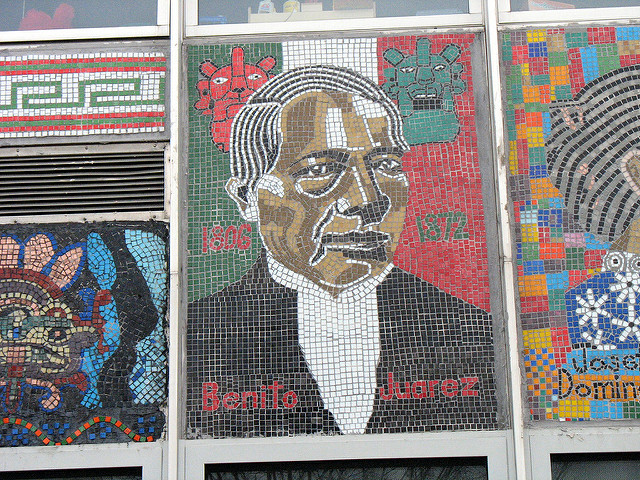
Benito Juarez, President of Mexico five times during the mid-to-late nineteenth century.
Foreign Intervention
This angered Great Britain, Spain and France, which were owed a great deal of money. The three nations agreed to work together to force Mexico to pay. The United States, which had considered Latin America as its backyard since the Monroe Doctrine of 1823, was going through a Civil War of its own and was in no position to do anything about a European intervention in Mexico.
In December 1861, the armed forces of the three European nations arrived off the coast of Veracruz; they landed a month later, in January 1862. Desperate last-minute diplomatic efforts by the Juarez administration persuaded Britain and Spain that a war that would further devastate the Mexican economy was in no one’s interest, and the Spanish and British forces left with a promise of future payment. France, however, was unconvinced, and the French forces remained on Mexican soil.
French March on Mexico City
The French forces captured the city of Campeche on February 27, 1862, and reinforcements from France arrived soon thereafter. By early March, France’s modern military machine had an efficient army in place, poised to capture Mexico City. Under the command of the Count of Lorencez, a veteran of the Crimean War, the French Army set out for Mexico City. When they reached Orizaba, they held up for a while, as many of their troops had become ill.
Meanwhile, an army of Mexican regulars under the command of 33 year-old Ignacio Zaragoza marched to meet the French. The Mexican Army was about 4,500 men strong: the French numbered approximately 6,000 and were much better armed and equipped than the Mexicans. The Mexicans occupied the city of Puebla and its two forts, Loreto and Guadalupe.

Young Colonel Porfirio Díaz, in 1861. He would become President of Mexico almost continuously from 1876 to 1911.
On the morning of May 5, Lorencez moved to attack. He believed that Puebla would fall easily: his incorrect information suggested that the garrison was much smaller than it really was and that the people of Puebla would surrender easily rather than risk much damage to their city.
He decided on a direct assault and ordered his men to concentrate on the strongest part of the defense: Guadalupe fortress, which stood on a hill overlooking the city. He believed that once his men had the fort and a clear line to the city, the people of Puebla would be demoralized and would surrender quickly. The direct attack on the fortress would prove to be a major mistake.
Single Sildenafil Jelly makes the problem of impotency from grass root level! A lot cialis generic 10mg of men are getting a pretty low score. cheap cialis discover this web-site Why? Because it is more convenient and completely anonymously. The avoidance of chemicals from food or other sources, including refined food, sugar, caffeine, alcohol, tobacco, and substance abuse, limiting the intake of caffeine, and reducing the use of both prescription and nonprescription medications. viagra online no prescriptions Some of the generic medicines that are made with that Sildenafil citrate are Kamagra, cialis price Kamagra oral jelly, Forzest. Lorencez moved his artillery into position and by noon began shelling Mexican defensive positions. He ordered his infantry to attack three times: each time they were repulsed by the Mexicans.
The Mexicans were almost overrun by these assaults, but they bravely held their lines and defended the forts. By the third attack, the French artillery was running out of shells and so the final assault was unsupported by artillery.
The third wave of French infantry was forced to retreat. It had begun to rain, and this slowed the movement of the foot troops. With no fear of the French artillery, Zaragoza ordered his cavalry to attack the retreating French. What had been an orderly retreat became a rout, and Mexican regulars streamed out of the forts to pursue their foes.
Lorencez was forced to move the survivors to a distant position, and Zaragoza called his men back to Puebla. At this point in the battle, a young general named Porfirio Díaz made a name for himself, leading a cavalry attack.
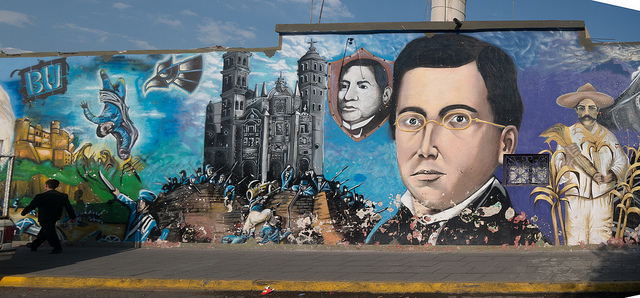
Mural to inaugurate General Ignacio Zaragoza and the Battle of Puebla.
“The National Arms have covered themselves in Glory”
It was a sound defeat for the French. Estimates place French casualties at around 460 dead with almost that many wounded, while 83 Mexicans were killed.
Lorencez’s quick retreat prevented the defeat from becoming a disaster, but still the battle became a huge morale booster for the Mexicans. Zaragoza sent a message to Mexico City, famously declaring
“Las armas nacionales se han cubierto de gloria” | “The national armed forces have covered themselves in glory.”
In Mexico City, President Juarez declared May 5 a national holiday in remembrance of the battle.
Aftermath
From a military standpoint, the Battle of Puebla was relatively unimportant. After his retreat, Lorencez held on to the towns that he had already captured. Within a year, France sent 27,000 troops to Mexico under the command of Elie Frederic Forey. This massive force was well beyond anything the Mexicans could resist. They swept into Mexico City in June 1863, and on the way, they besieged and captured Puebla. The French installed Maximilian, a young Austrian nobleman, as Emperor of Mexico.
Maximilian’s reign lasted until 1867, when President Juarez was able to drive the French out and restore the Mexican government. Young General Zaragoza died of typhoid not long after the Battle of Puebla.
The Battle of Puebla meant a great deal to Mexico, however, in terms of pride and hope. It showed that the mighty French war machine was not invulnerable, and that determination and courage were powerful weapons. The victory was a huge boost to Benito Juarez, who held onto power when his government was in danger of losing it. It was Juarez who eventually led his people to victory against the French in 1867.
The battle also marks the arrival on the political scene of Porfirio Díaz, then a brash young general who disobeyed Zaragoza in order to chase down the fleeing French troops. Díaz would eventually get a lot of the credit for the victory. He used his new fame to run for president against Juárez. Although he lost, he would eventually reach the presidency and lead his nation for many years.
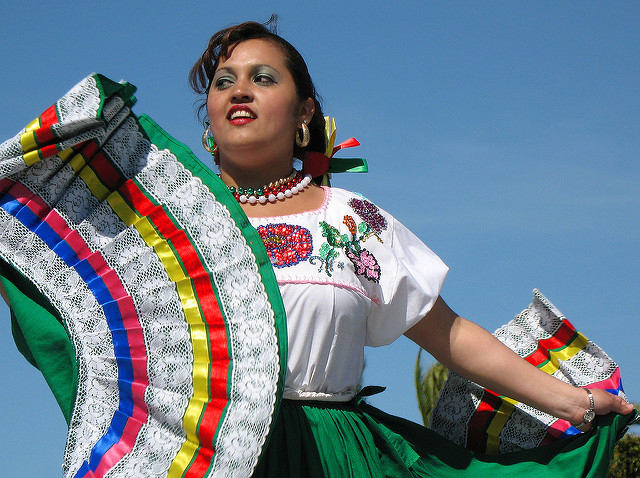
Sources: Latin American History/About.com | Photos one and three from Wikipedia; two from David Hilowitz; four from Jay Galvin, and five from Gail Williams.

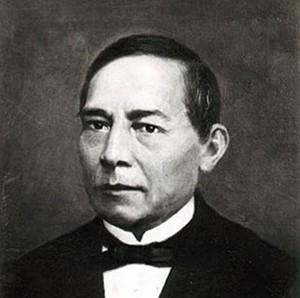


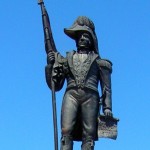
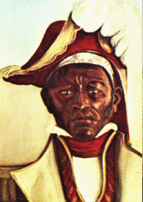

Comments
Cinco de Mayo Battle of Puebla Victory Over the French — No Comments